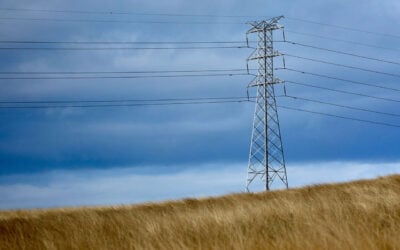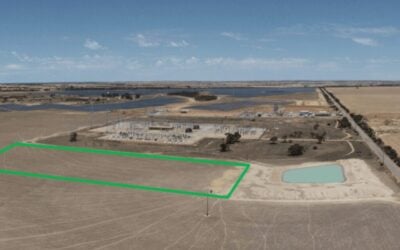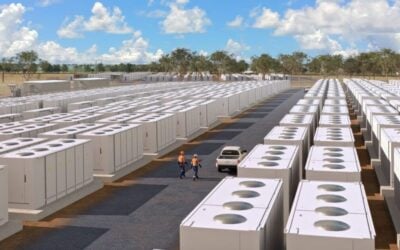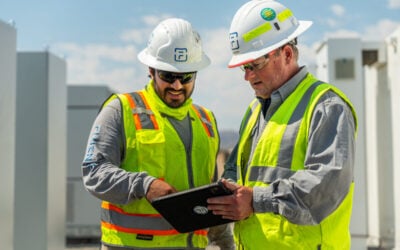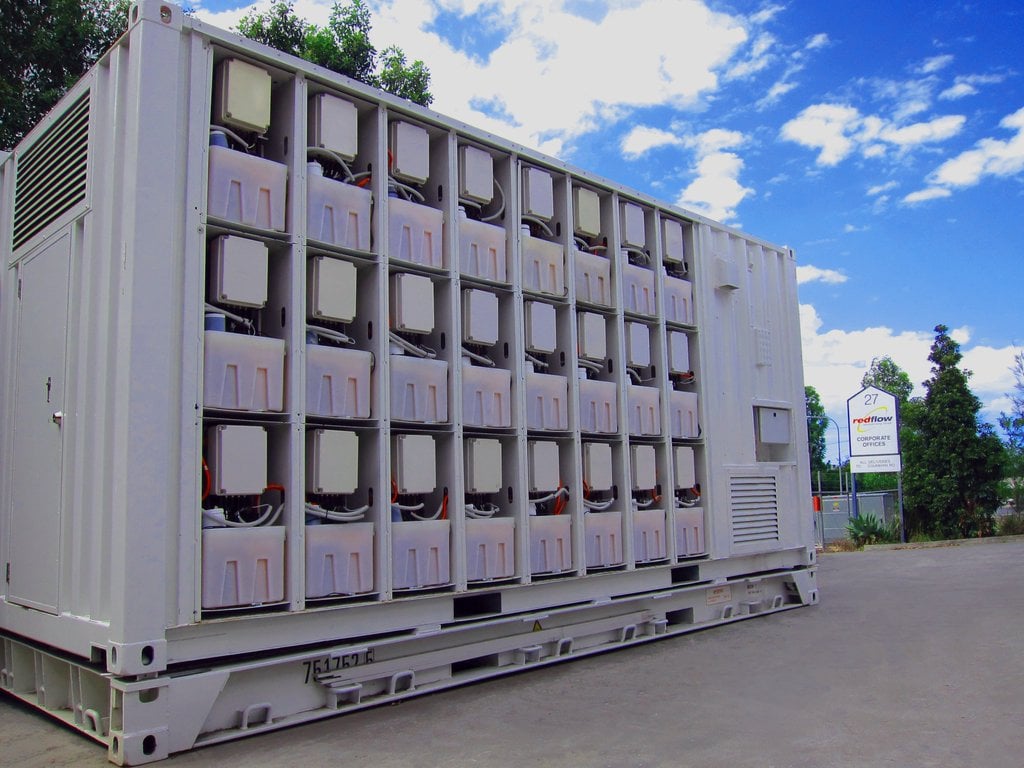
Australian zinc-bromide flow battery manufacturer Redflow has ceased operations with administrators unable to find a buyer.
Administrators Richard Hughes and David Orr from Deloitte had been appointed in late August at the Australian Securities Exchange (ASX) listed technology company after Redflow failed to raise enough equity to fund a strategic plan.
Enjoy 12 months of exclusive analysis
- Regular insight and analysis of the industry’s biggest developments
- In-depth interviews with the industry’s leading figures
- Annual digital subscription to the PV Tech Power journal
- Discounts on Solar Media’s portfolio of events, in-person and virtual
The flow battery company, which holds the IP for its zinc-bromide energy storage technology, ceased trading on 18 October, according to an ASX announcement from Orr and Hughes issued that day.
The administrators had been assessing the company’s financial viability, while seeking potential buyers or recapitalisation that could take place while Redflow kept doing business.
“Unfortunately, we were unable to find a buyer for the business as a going concern after our campaign,” Deloitte’s Richard Hughes told Energy-Storage.news today in a brief statement.
Potential buyers for Redflow’s assets and IP will now be sought with an advertising campaign set to be launched.
According to an earlier ASX announcement made last month, administrators must convene a second meeting of Redflow’s creditors on or before 20 November, as per orders of the Federal Court of Australia.
Redflow claimed its zinc-bromide technology, which combined liquid electrolyte storage with the plating and replating of zinc, was more environmentally friendly and used more abundant materials than devices from rival flow battery manufacturers.
Its technology was aimed at medium- to long-duration energy storage (LDES) applications and from its beginnings delivering units for large rural residences and agricultural facilities, was moving into larger commercial and industrial (C&I) and off-grid and microgrid projects.
The company had secured a contract for its largest project to date, a 20MWh system at a microgrid in California, and had received a commitment from the government of its home state, Queensland, for financial support towards the construction of a new factory.
However, it was unable to find private sources of capital to match the Australian state government’s pledge, and despite “significant commercial interest” being shown in its newest model flow battery systems, company directors placed it in administrators’ hands.
In the days immediately after being appointed, Richard Hughes had told this site he and Orr were encouraged by early interest seen in the company, and all options including fresh investment and partial or complete sale were on the table.
However, Hughes noted that Redflow despite attractive aspects such as the company’s early foothold in the US, tight capital markets are making it challenging for emerging tech players to get investment (Premium Access).
“We made the decision to close the business down last week and we’ll now offer the assets for sale separately,” Hughes said today, adding that while the ASX announcement this morning referred to the cessation of operations in Australia, Redflow’s international operations have also ceased.


